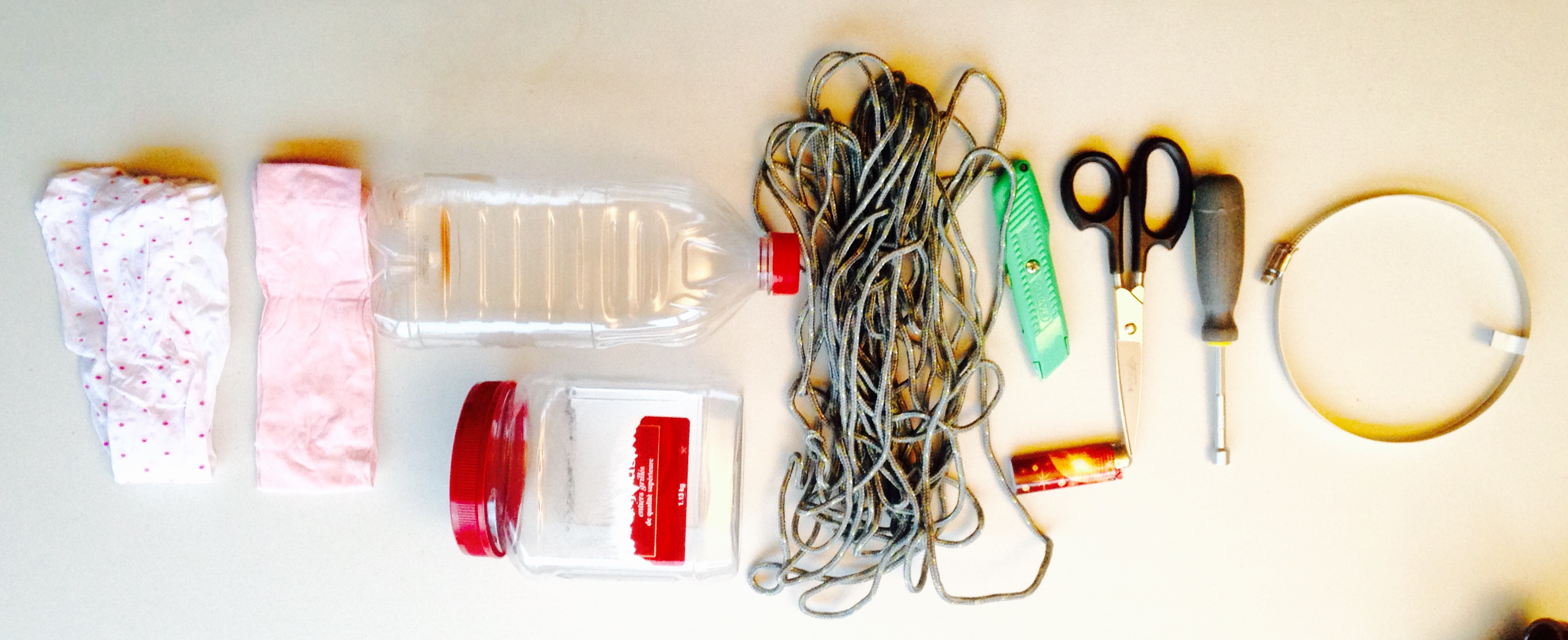
CLEAR is dedicated to the principle of equity. Equity recognizes that people start from different social, economic, educational, and political positions, and works to account for those differences. This means that when we design scientific instruments, we think of about other users as scientists with degrees in well-funded institutions, but also, and more importantly, rural Newfoundlanders, who also have research questions and a right to answer them. To this end, we have several guidelines for how we design and build our tools. Our technologies are characterized by the following:
- Open source & online; rather than patenting and privatizing our tools, we make them sharable and public so people can download the instructions, material lists, and protocols and build them.
- Can be built and used by accredited and citizen scientists: This means instructions to build and use the instruments are clear and accessible (free of jargon, easy to follow). This doesn’t mean they are dumbed down– clarity of communication is an art. It also means that CLEAR uses the same tools as our citizen science tools, so they have to be able to create valid and reliable data.
- Cost less than $50 to make: While an individual rural Newfoundlander may not have $50 in expendable cash to put towards a monitoring technology, we think that a small group, community organization, or NGO would have $50.
- Made of materials you can get in rural Newfoundland: To make our tools accessible, the materials have to be available. Some of our lab members are from small rural towns in NL, and they or their family members photograph everything in the general stores there (like the picture above). We build things out of the materials in those photos. This also means that we build things with tools you can get in rural areas as well, and often even use hand tools under the assumption that not all communities are on the electrical grid, or that (more likely) the electrical grid is not always dependable in Newfoundland.
- Repairable yourself, with local materials: People have the right to repair, hack, customize, and maintain instruments.
- No plastics: We aim not to contribute to one of the main pollutants we study– plastics!
These are guidelines, not rules. Some of our technologies, such as BabyLegs, for example, are inexpensive but are made of plastic. We followed as many of the guidelines as possible, but we found that non-plastic materials would cost more and be harder to source, so we could have a less-accessible and plastic-free device, or a plastic but accessible device. Because our goal with BabyLegs was to create a very easy to build and use trawl, we choose to stay with accessible but plastic materials. The PED ROC, on the other hand, is entirely plastic free, but it requires a more complicated build.

